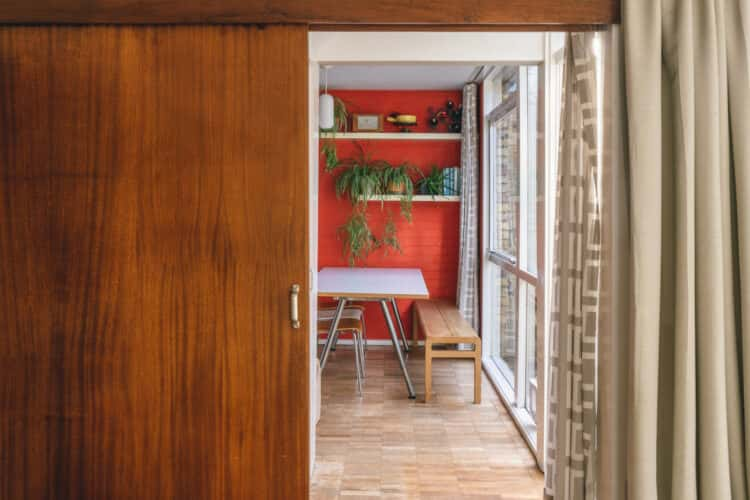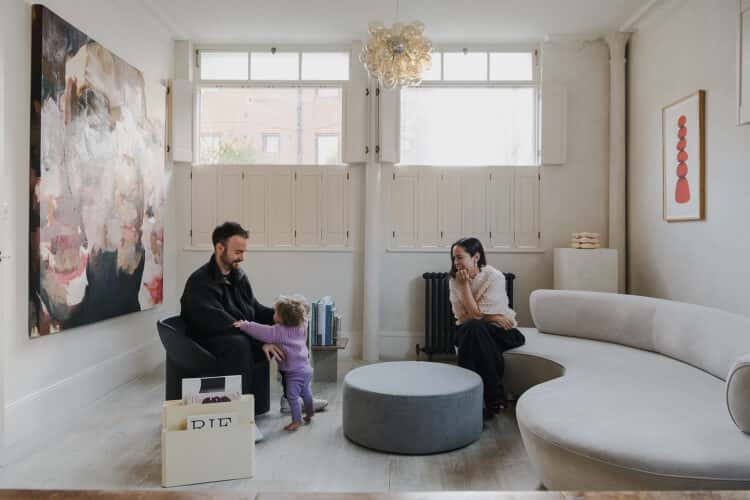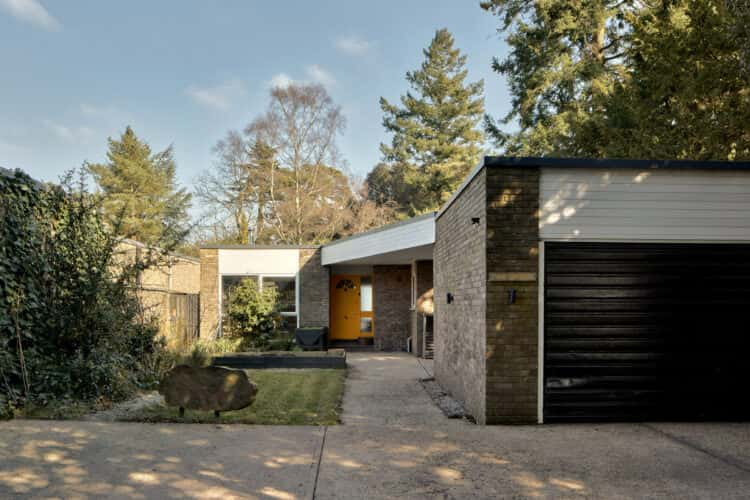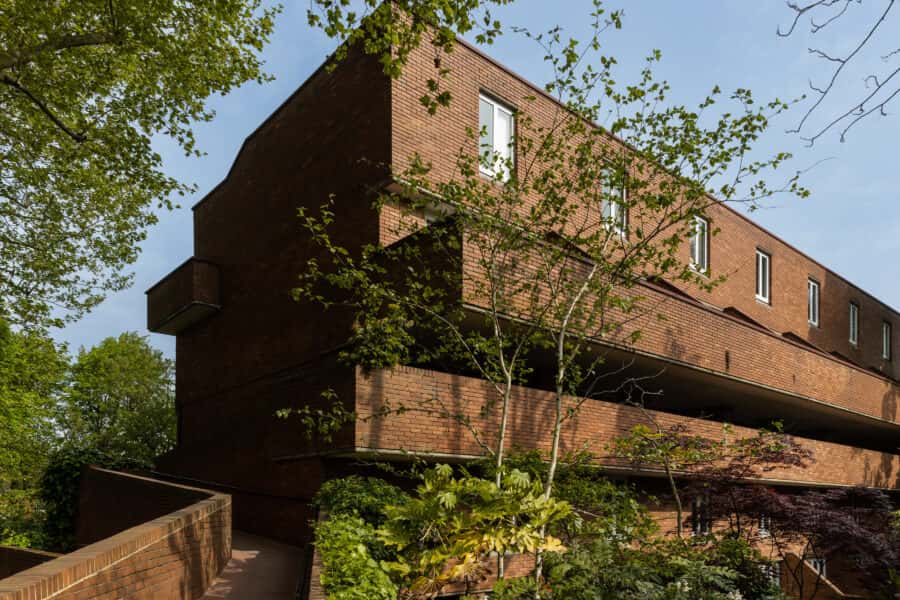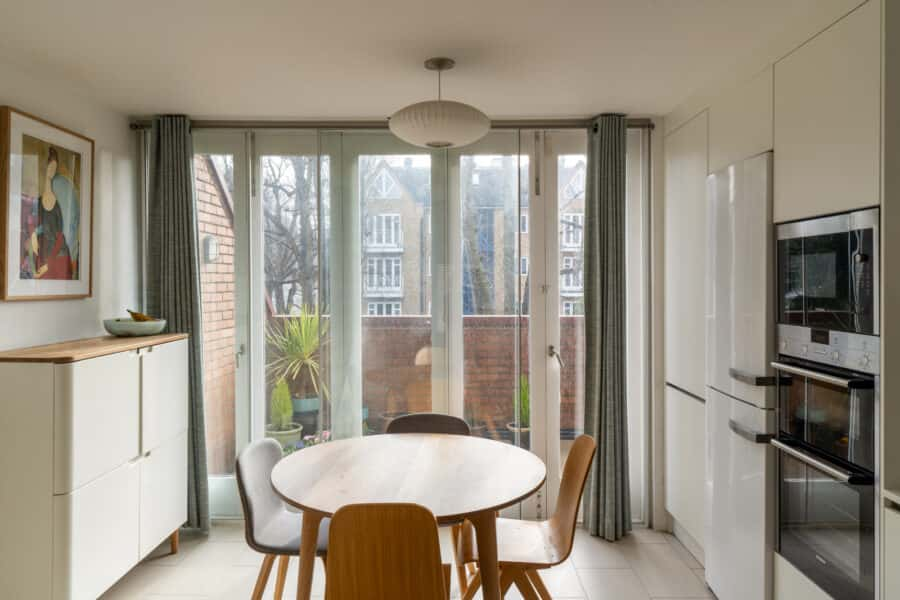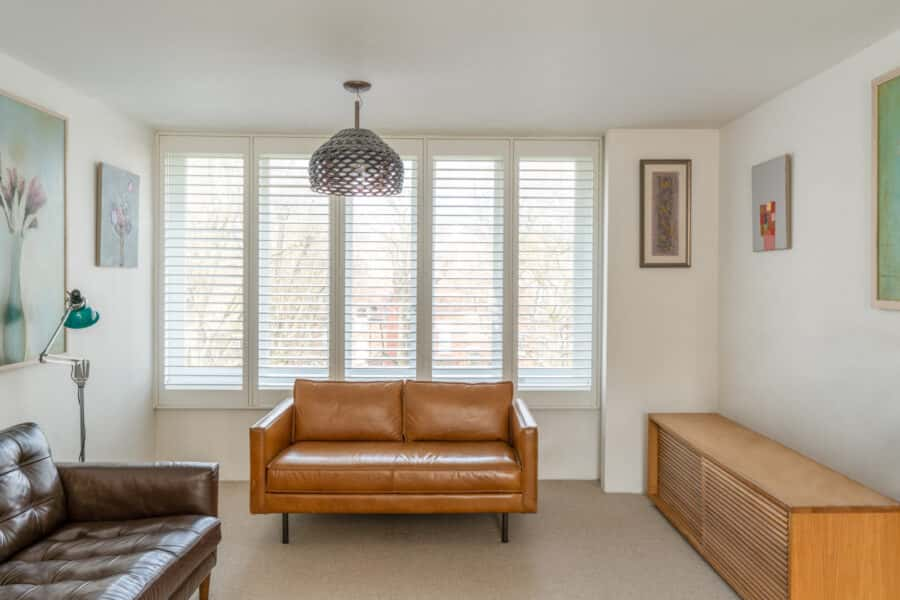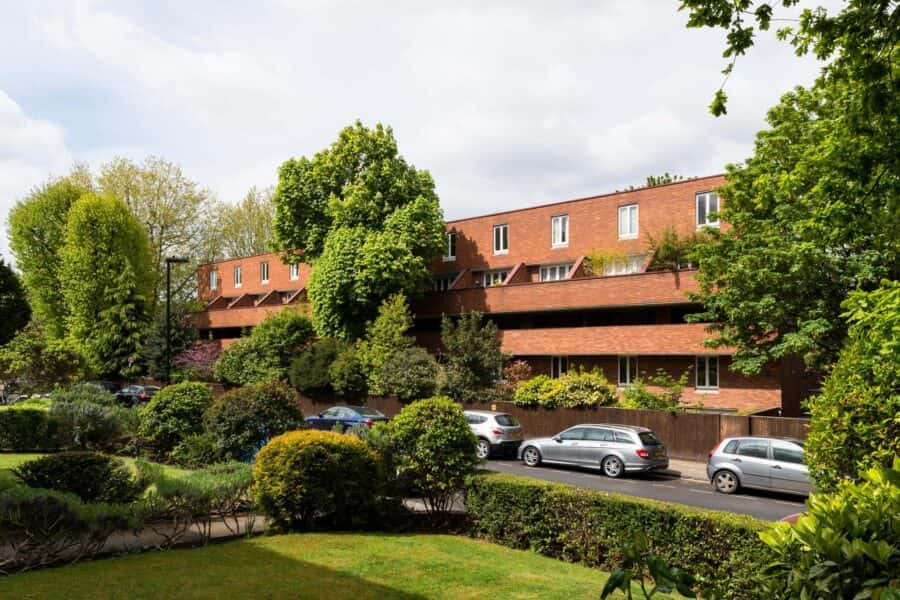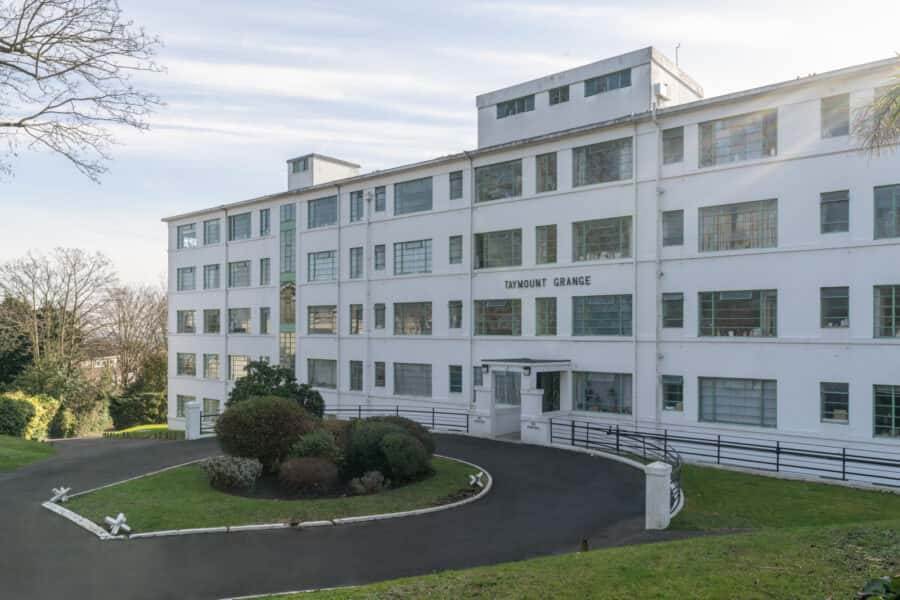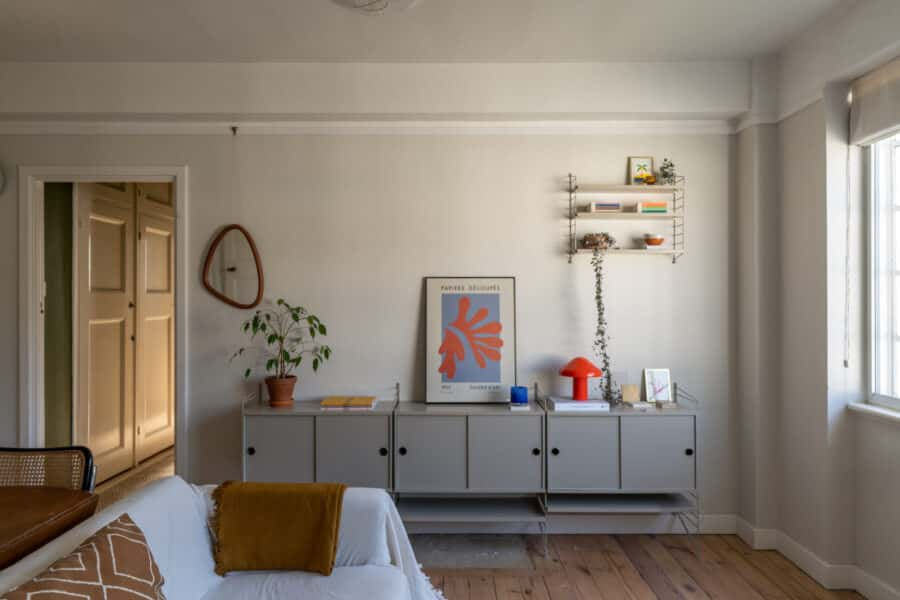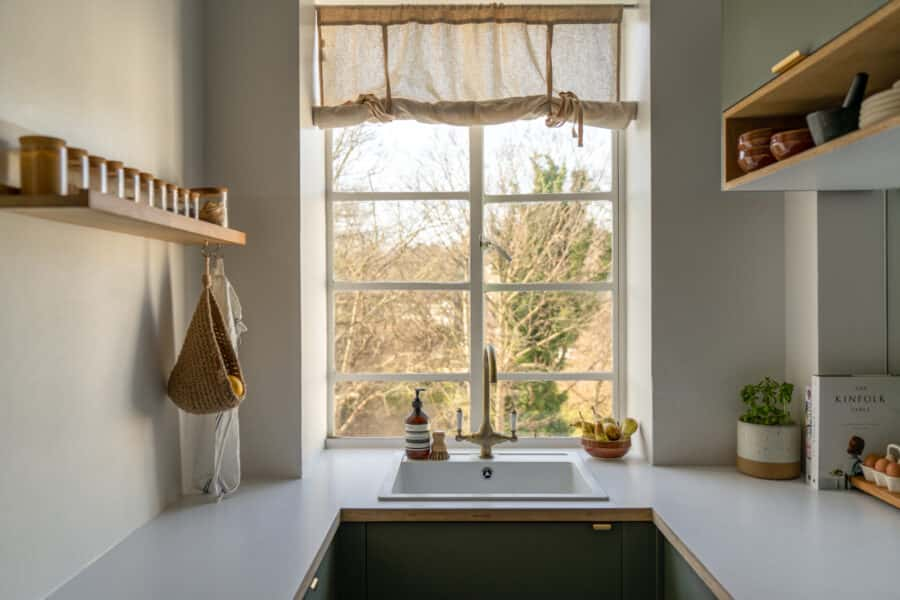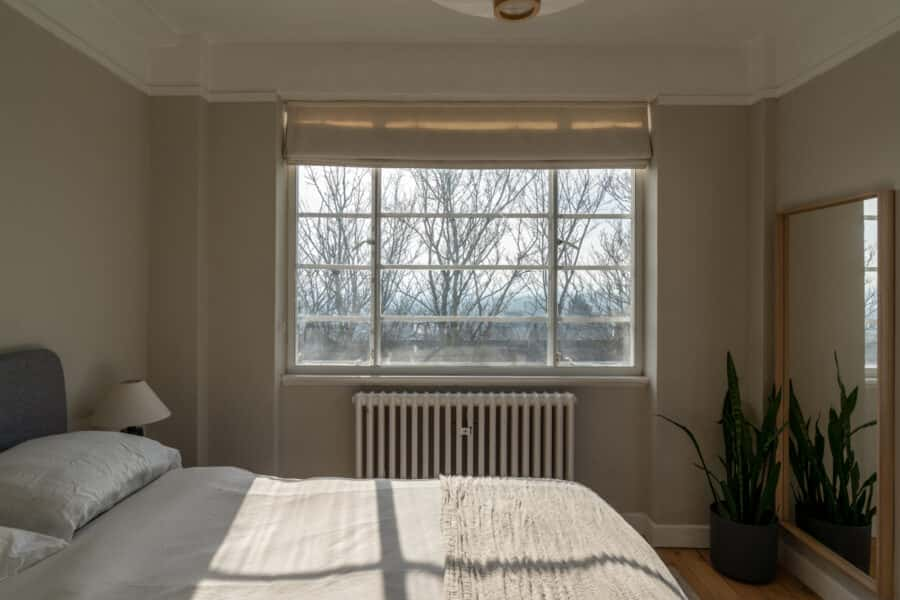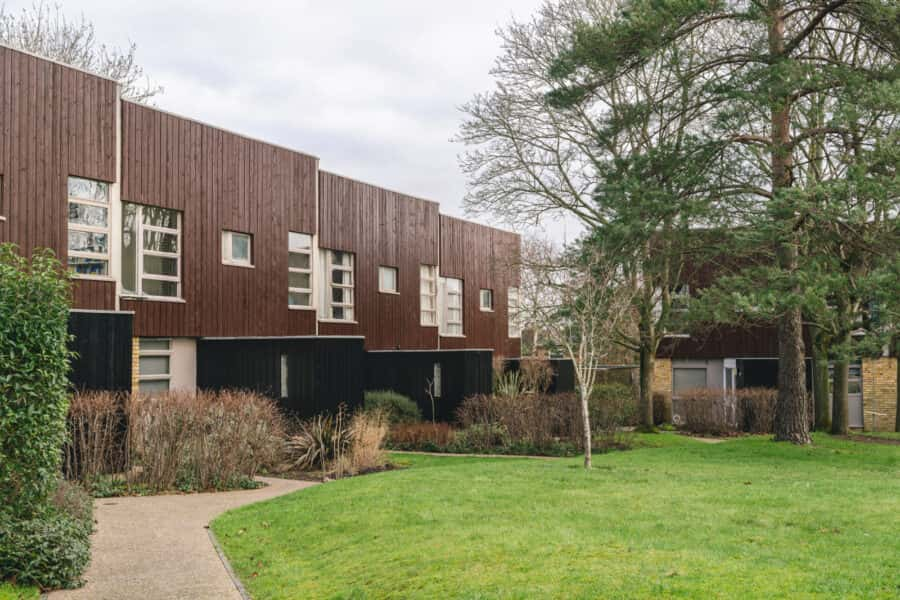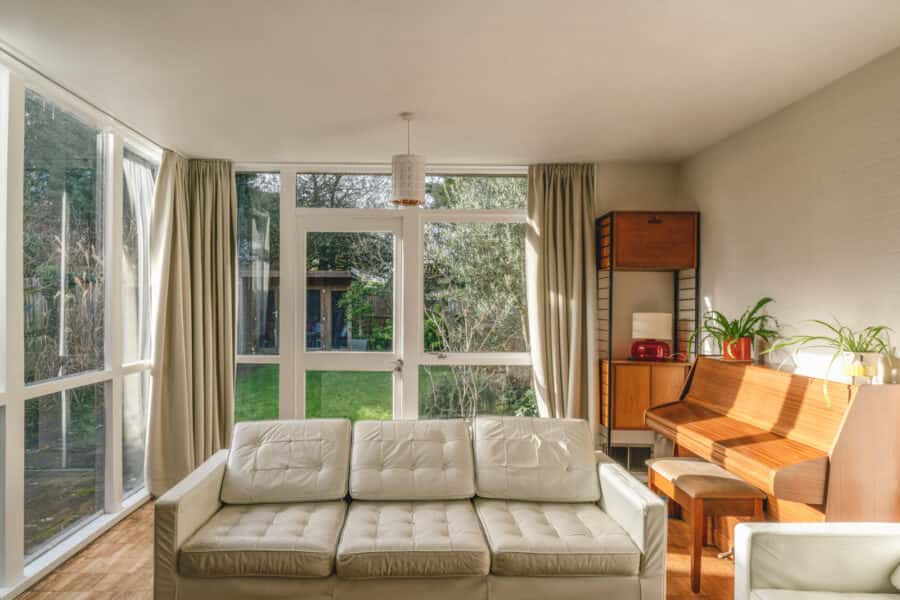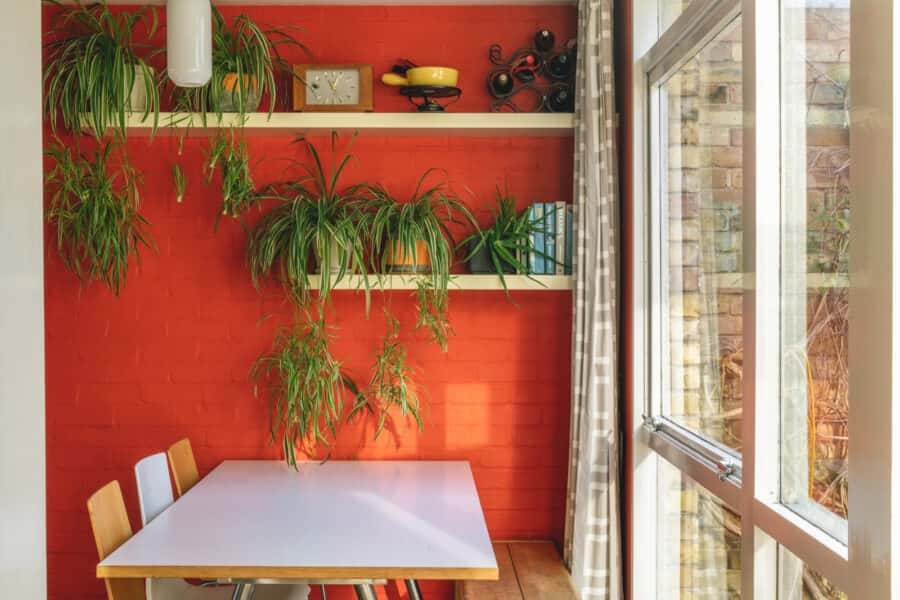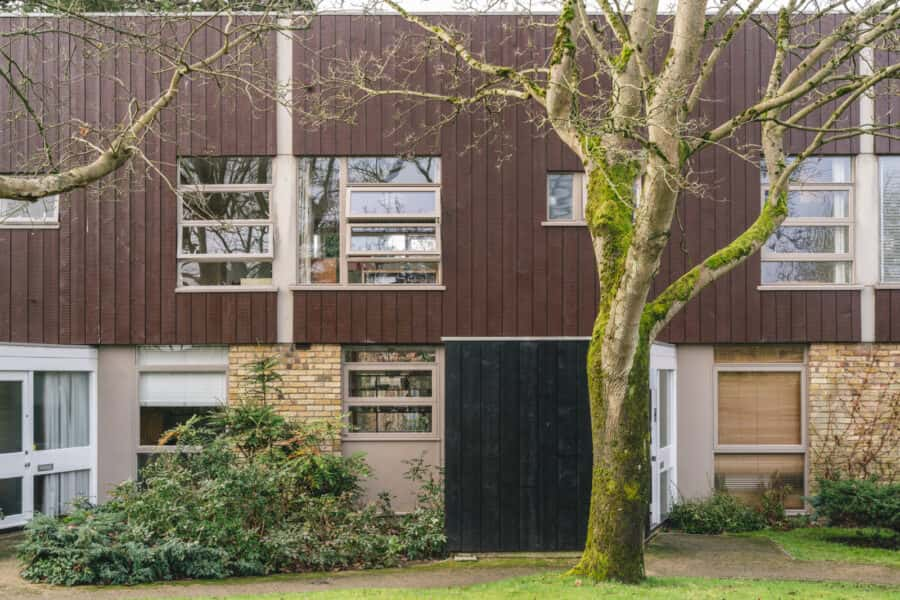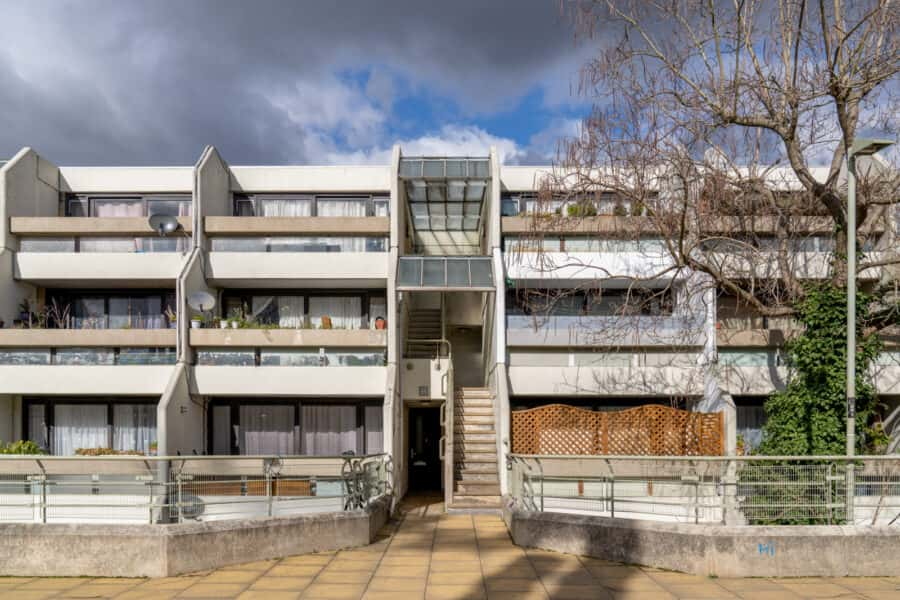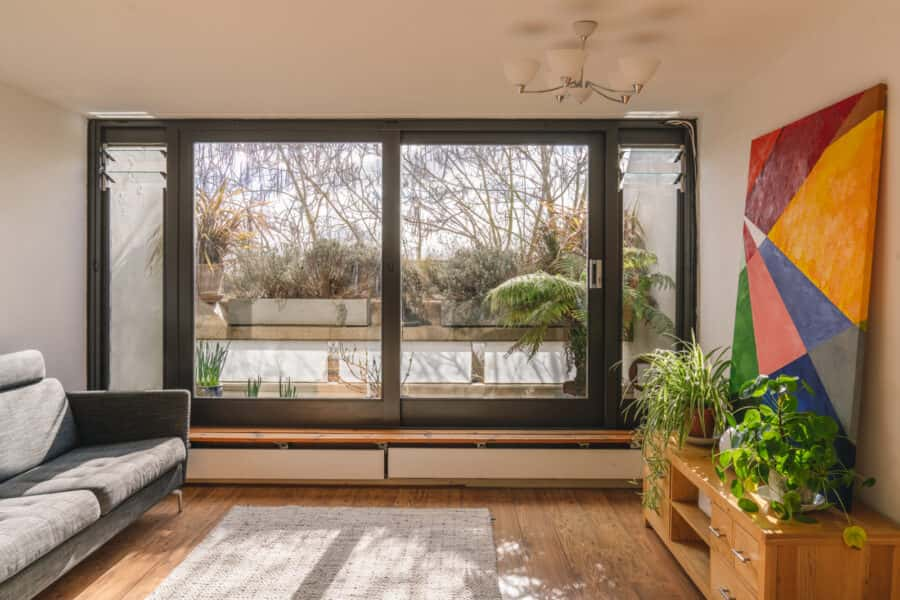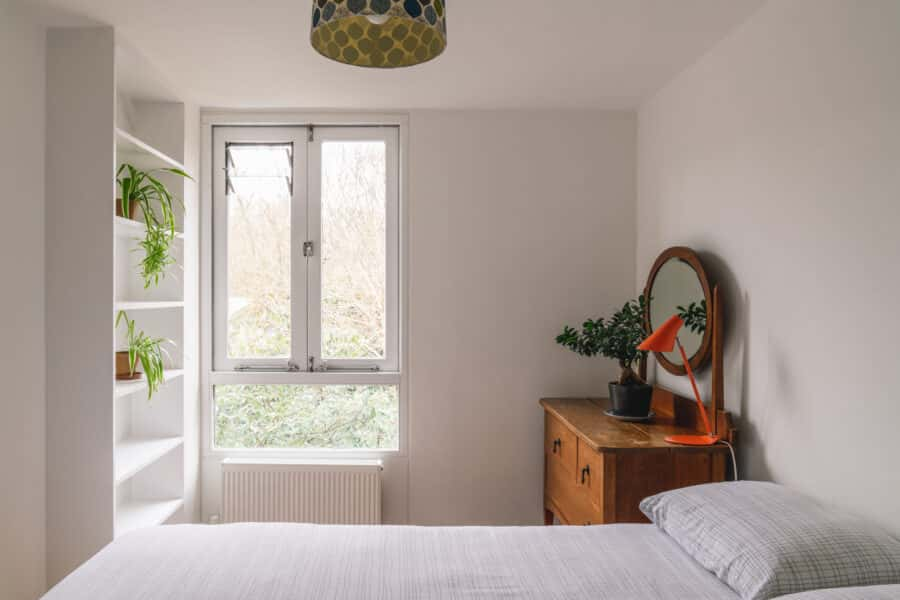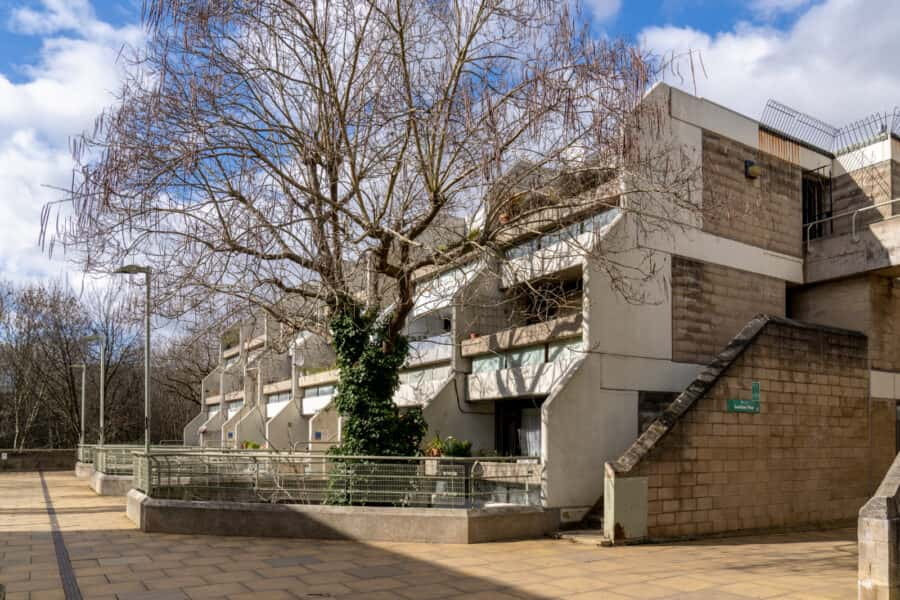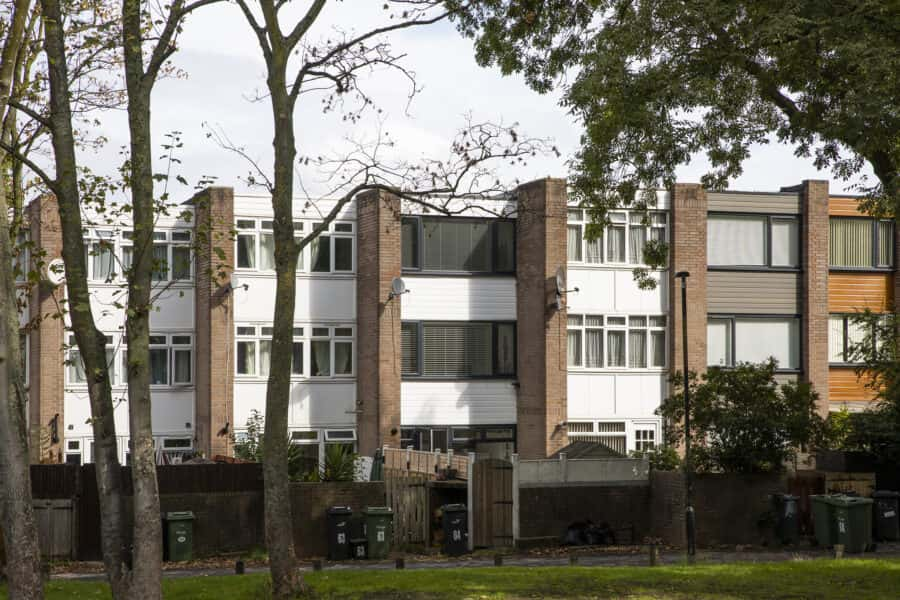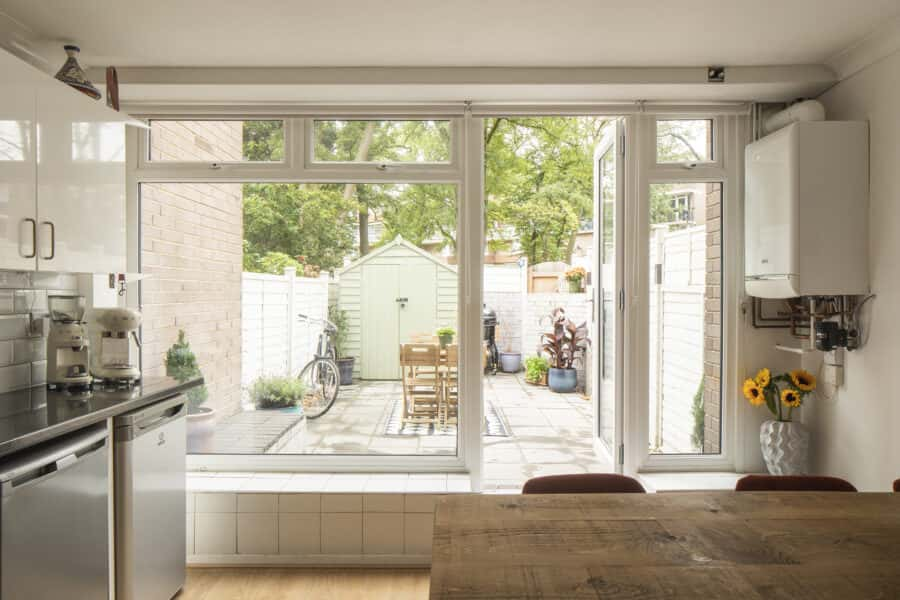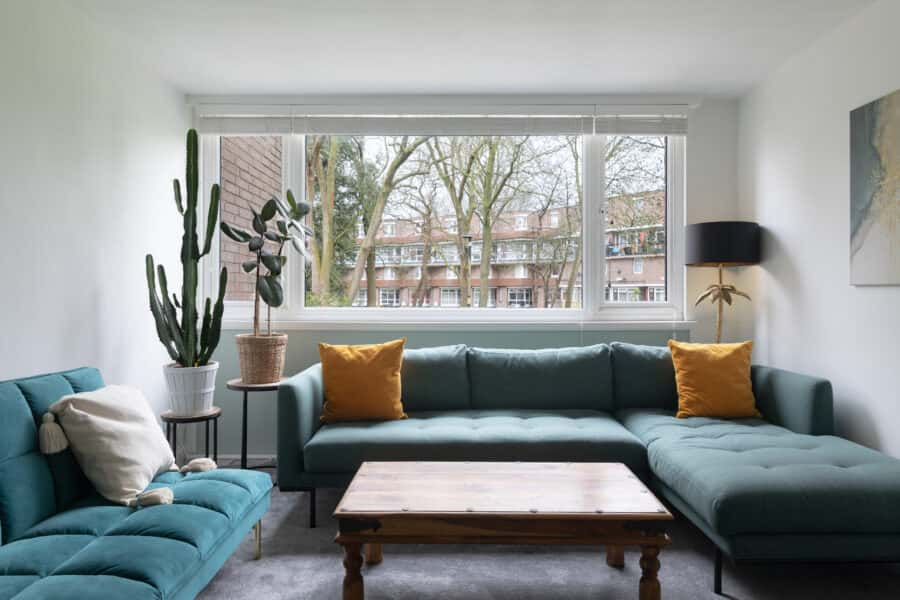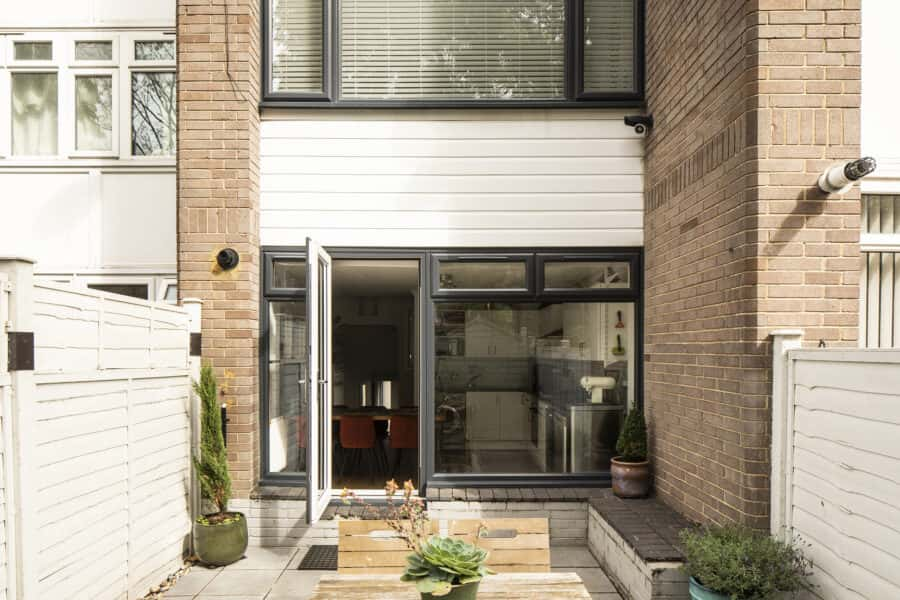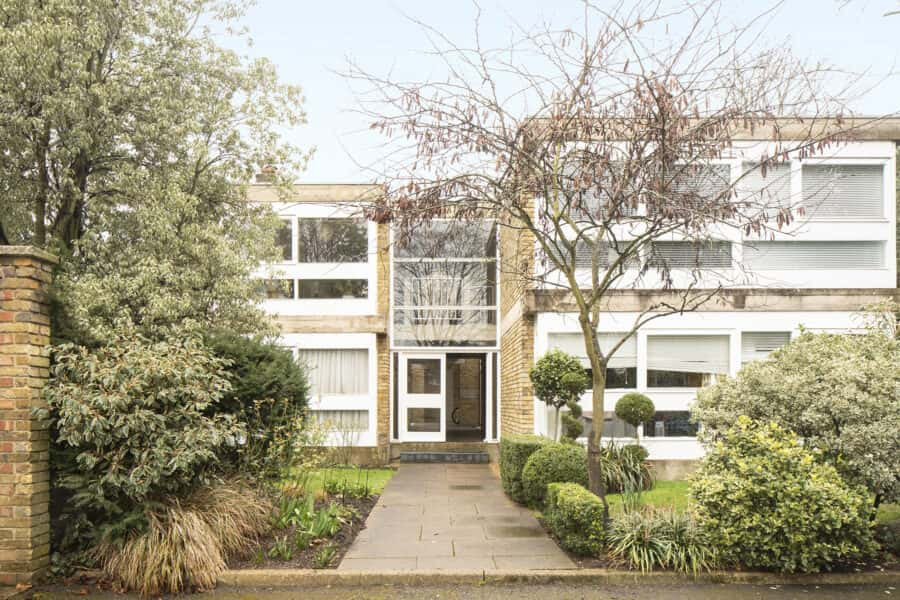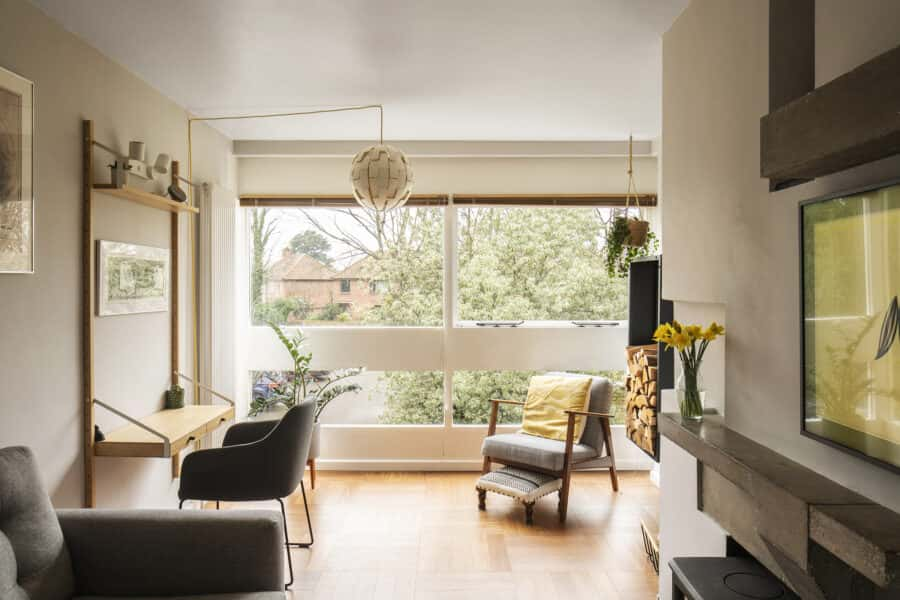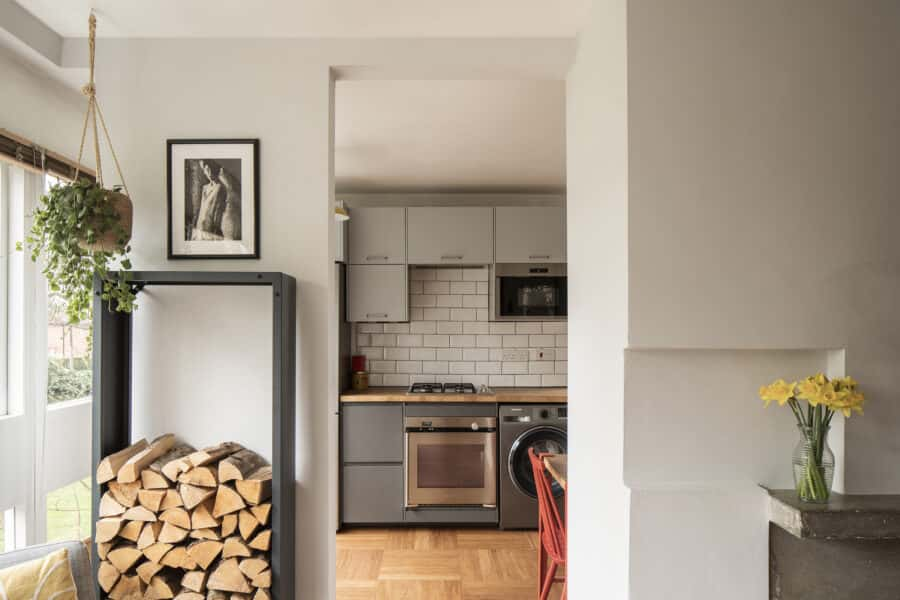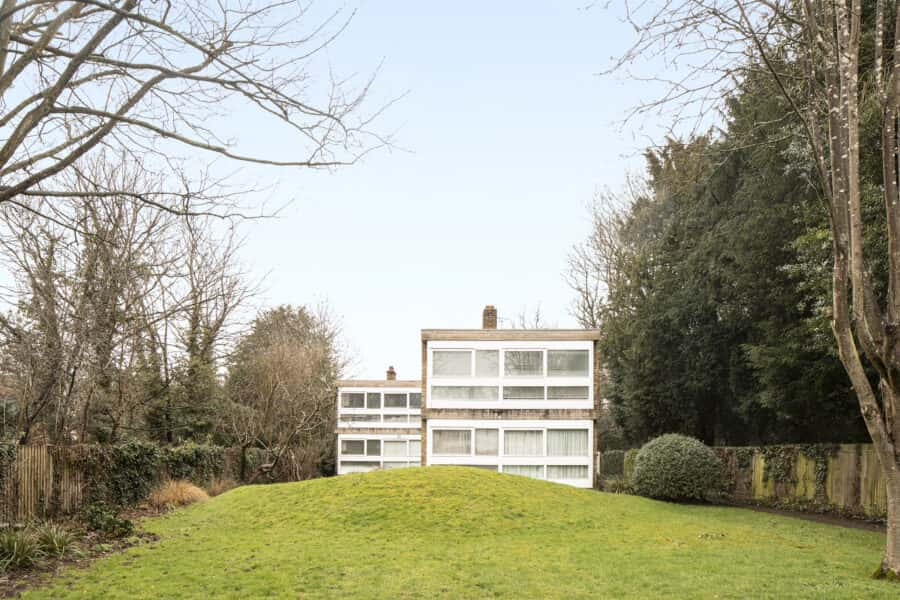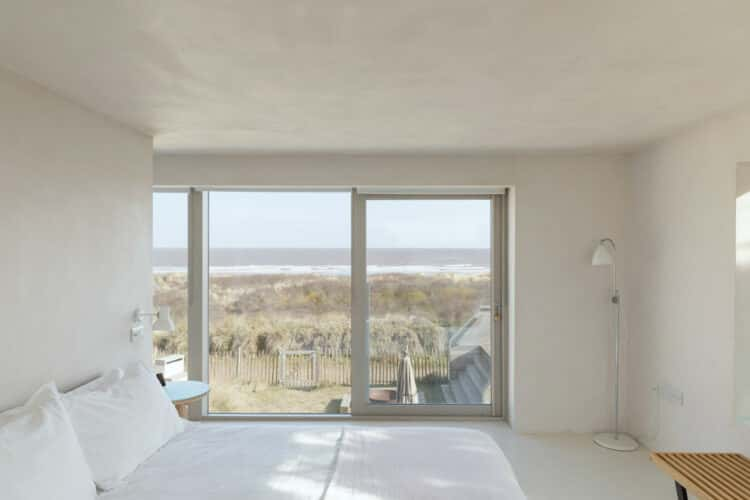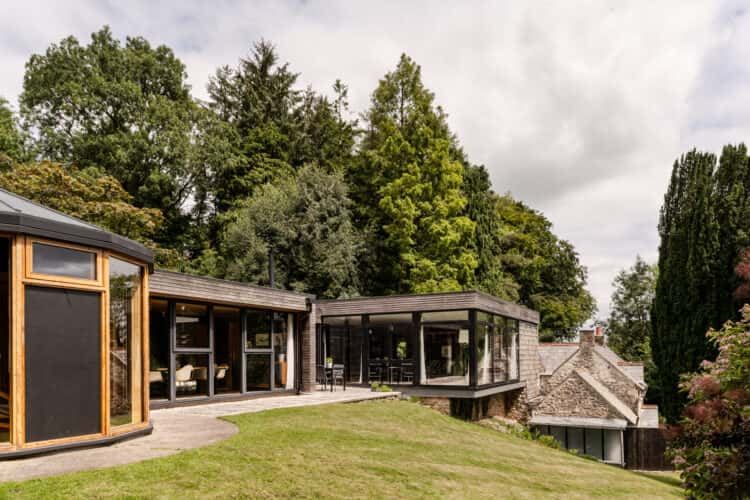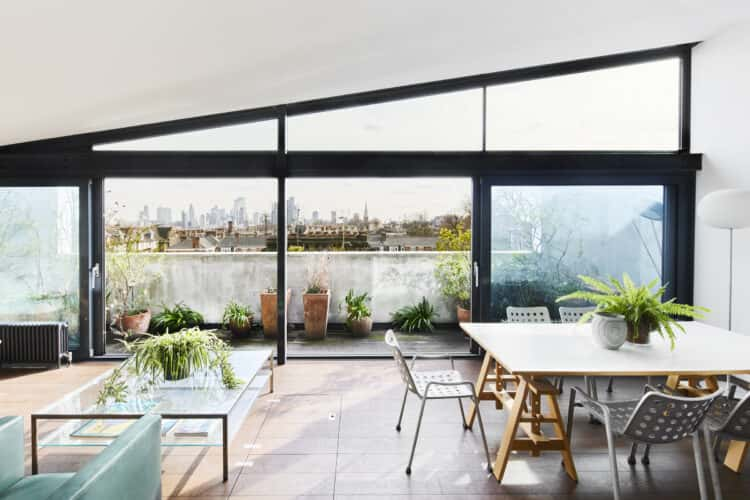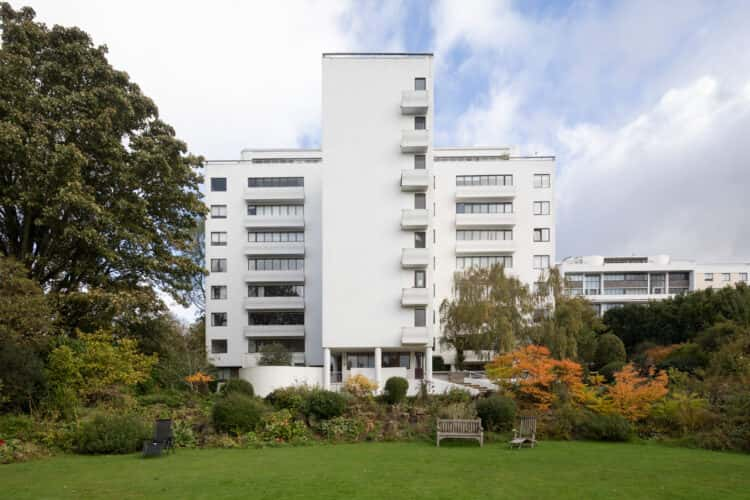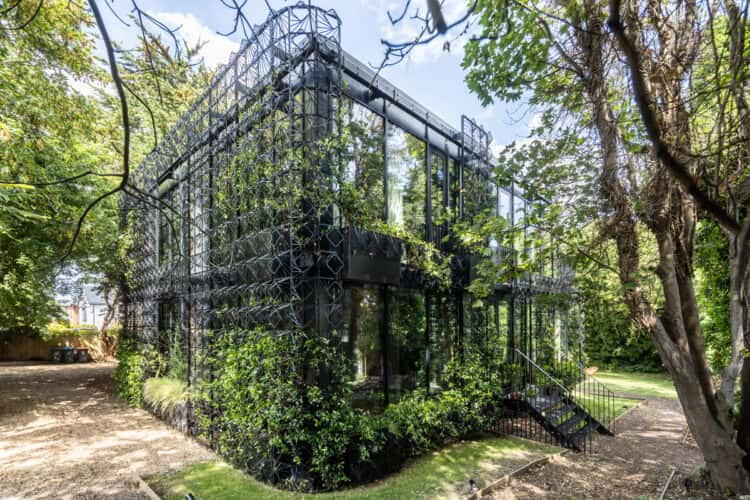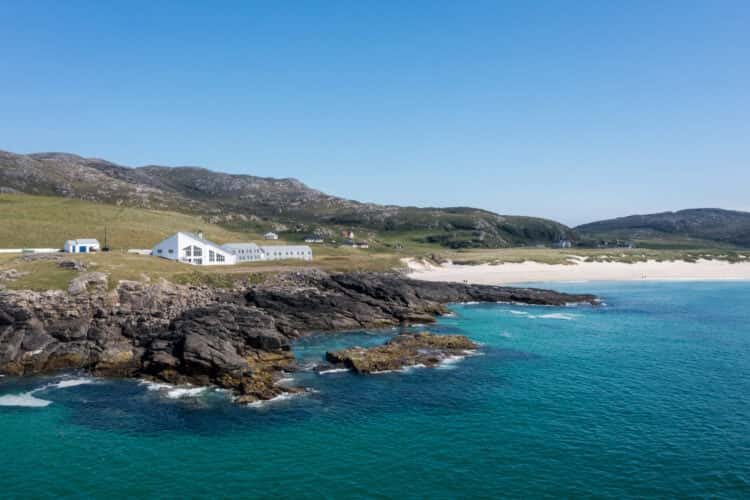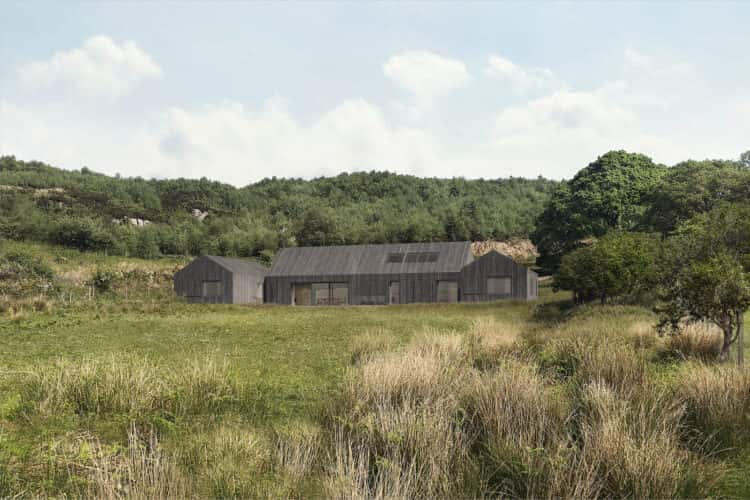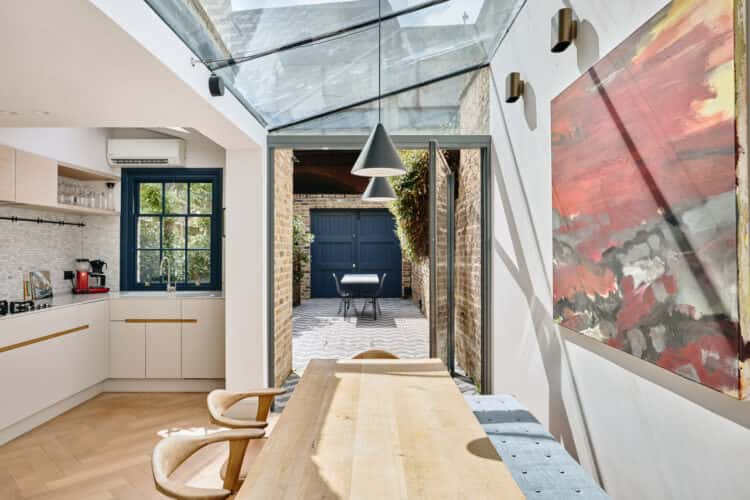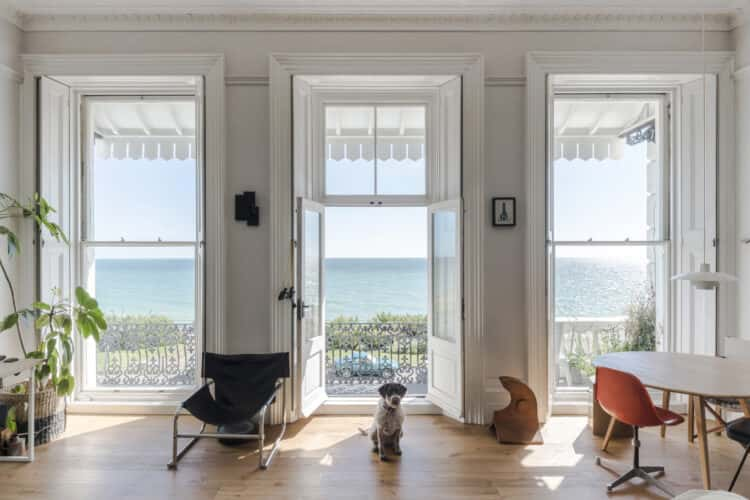Modern Life: six remarkable modernist homes on the market
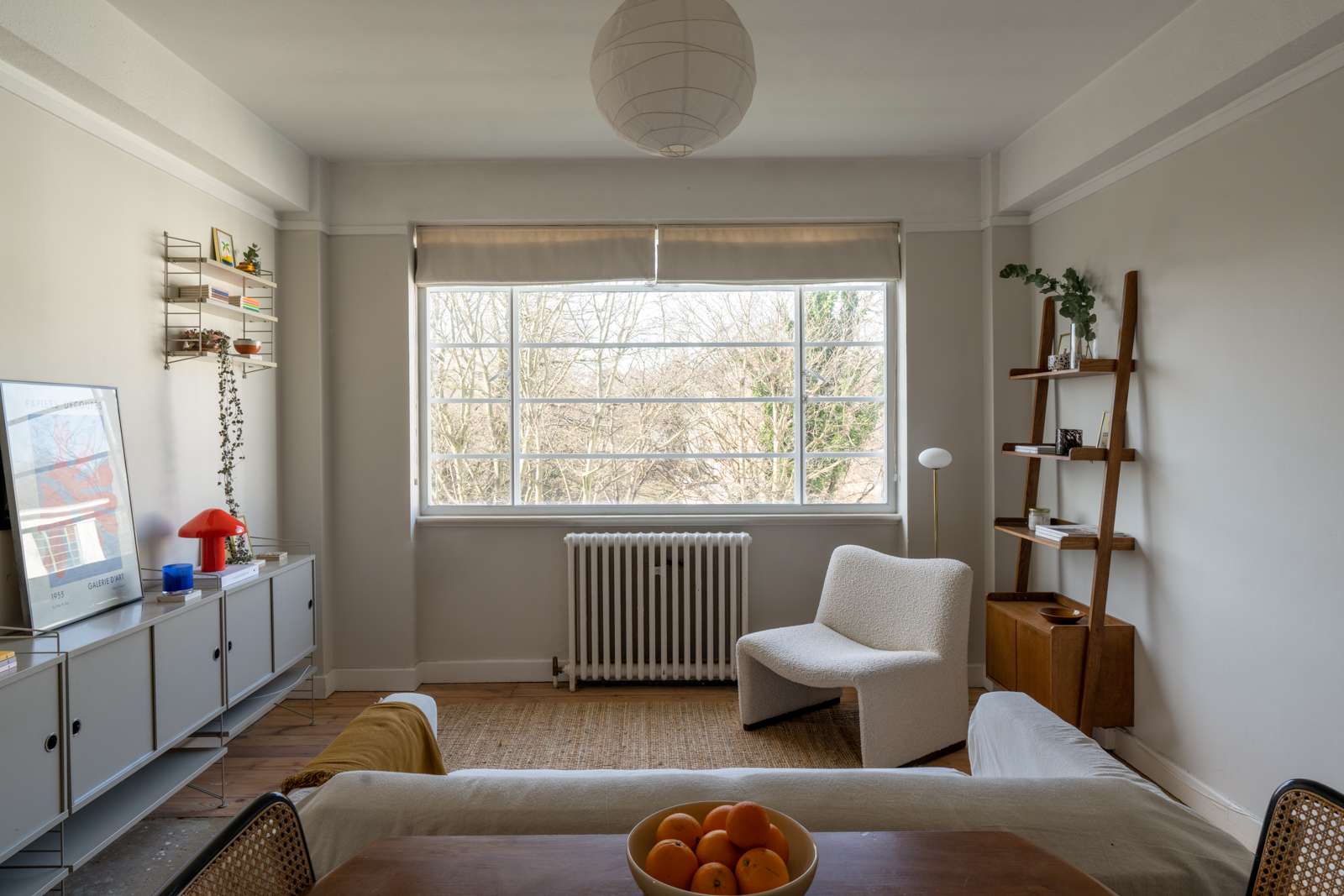
Those modernist architects were on to something. From the 1930s to the 1970s, these design pioneers showed us a brave new world where form followed function. Out went the fuss and flourishes of Victorian and Edwardian architecture, all ornate stucco and cornicing, and in came fresh ideas about space, materials and communal living – and we sell the very best manifestations of them. From a Span house in Surrey with access to a lovely shared garden to a red-brick split-level maisonette in Highgate, here are six of the best modernist homes currently on the market.
Highgate Spinney VII, Crescent Road, London N8
A slice of bold modernism behind planted borders, Highgate Spinney is an ambitious counter to the 19th-century homes that once sat on this site. The only known building produced by the partnership of architects John Howard and Bruce Rotherham, it’s rightly one of London’s most coveted modernist addresses.
Guided by a resolute belief that much of its square footage should be given over to families, the duo landed on a series of split-level maisonettes, including this airy apartment on the edge of the development. Its three floors are an exercise in smart geometry – a step here, a twist in the stair there – while the two balconies are bonuses that feel wonderfully private.
Taymount Grange V, Taymount Rise, London SE23
There are certainly better known modernist projects than Taymount Grange in south-east London (such as the Dulwich Estate, for instance), but that’s all part of its appeal. Distinctly 1930s, glorious mint-green Crittall windows are among the delightful Art Deco details of this hidden gem in Forest Hill, designed by George Bertram Carter.
Ticking a lot of boxes from the get-go, this two-bedroom flat occupies a prime corner position on the top floor. A commendable effort to retain original features has seen the floorboards stripped back and limewashed, while considered refurbishments include a modish kitchen fit-out and tiled bathroom. We suspect we’d spend much of our time in the main bedroom, where double-aspect windows frame the tree canopies.
Westfield II, Ashtead, Surrey
The London Span houses of Blackheath and Richmond may have become a byword for the modernist idyll, but so too should the cluster of such projects in Surrey and Kent. The village of Ashtead, on the northern slopes of the North Downs, for instance, is home to one of the 20th-century developer’s very best efforts: the Eric Lyons-designed Westfield estate.
This sensitively updated 1960s house features some real treats, from the original Malaysian teak flooring to a contemporary kitchen installed around built-in teak cabinetry. With three bedrooms (and a separate study that could become a fourth) and a pretty south-west-facing garden, it’s perfectly suited to growing families. There’s more room to roam outside too: set among five and a half acres of communal green space, it brilliantly exemplifies Span’s vision of modern suburbia.
Sandstone Place III, London N19
The Whittington Estate may have been completed five years behind schedule, but design-minded Londoners will agree it was well worth the wait. Conceived by Peter Tábori for Camden Council – during its “golden age” of radical social housing – this 1970s Highgate development is instantly recognisable for its ziggurat terraces, which maximise natural light and afford every resident a private entrance.
Situated on the top floor of the development, this south-facing apartment is neatly sequestered from the pedestrianised walkway below. The current owners have smartly retained the original sliding glazed doors to the balcony and the cabinetry in the hallway, which renders the rest of the flat calm and clutter-free.
Coburg Crescent II, London SW2
As chief architect of the Greater London Council, Sir Roger Walters spent much of the 1970s orchestrating the redevelopment of Covent Garden and the design of the Thames Barrier. Happily, he also found time to puzzle out the pedestrianised streets and open green spaces of Brixton’s Palace Road Estate.
You might say this style of townhouse is modernism’s answer to the Victorian terrace. Characterised by a stepped façade and a smart internal arrangement over four half-levels, this is a versatile home with direct access to the estate’s park from the garden gate. The clincher, though, has to be those clerestory windows in the double-height bathroom.
Langham House Close VII, London TW10
Communal gardens, wide Crittall windows and a sense of carefully studied domesticity – so far, so modernist. Yet this low-rise 1950s development in Richmond, designed by renowned architect duo Stirling and Gowan, has borrowed here and there from the post-war advent of brutalism. English Heritage was roundly convinced, too – in a rare display of recognition for a building of this era, it was later awarded Grade II*-listed status.
The rooms here are particularly well-proportioned and a cut-out wall offers a greater feeling of division than in many mid-century apartments. You’ll spot those brutalist bones in the concrete panels in the stairwell or the fireplace hewn from the same material. For those seeking green space, there’s a wonderful shared garden to socialise with fellow residents, while the lush expanses of Richmond Park are only a short walk away.
